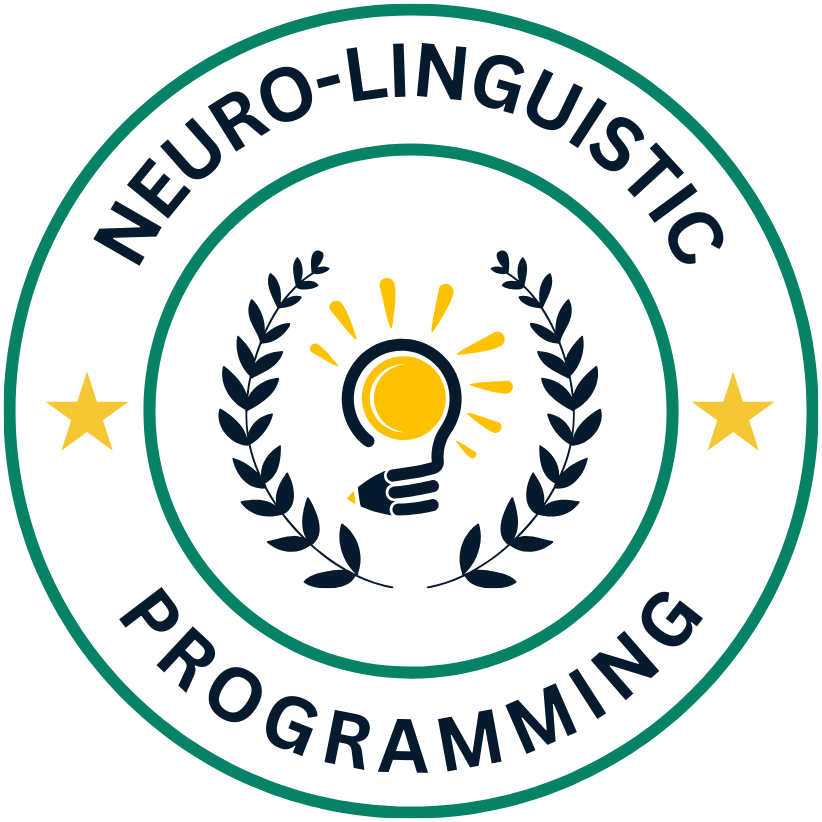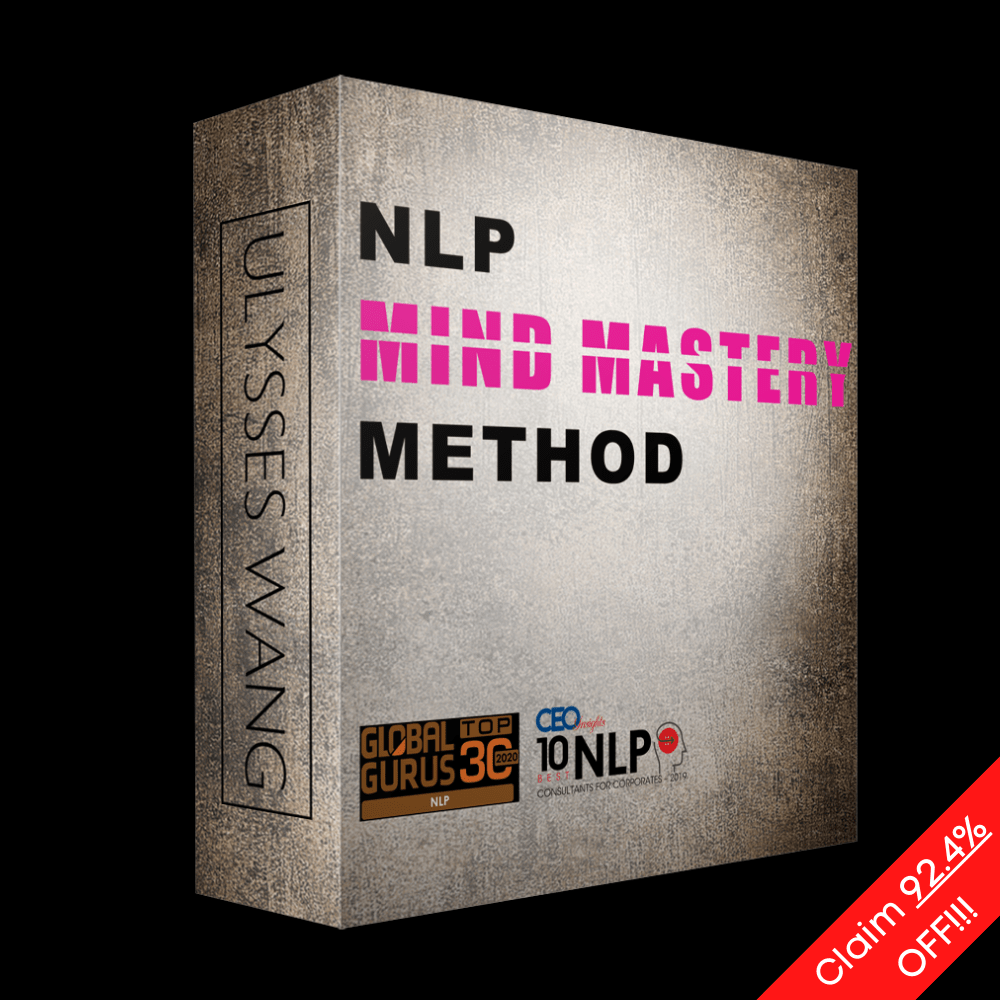Most successful sales professionals understand the power of utilizing Neuro-Linguistic Programming (NLP) techniques to effectively close deals. NLP, a psychological approach that focuses on communication, personal development, and psychotherapy, can significantly enhance your ability to influence and persuade potential clients. In this blog post, we will explore how incorporating NLP strategies into your sales process can help you boost your closing rate and achieve greater success in your sales efforts.
Fundamentals of NLP in Sales
The Psychology Behind NLP
While many people view sales as a purely transactional process, neuro-linguistic programming (NLP) examines deeper into the psychological aspects that influence buying decisions. NLP explores how language patterns, body language, and thought processes can be leveraged to build rapport, establish trust, and ultimately close sales effectively.
Core Principles of NLP Applied to Sales
The core principles of NLP, when applied to sales, revolve around understanding and influencing the unconscious mind of the customer. By mastering techniques such as mirroring, pacing, and leading, sales professionals can build a strong connection with the prospect, align their communication style with the customer’s preferred mode, and guide them towards a successful purchase decision.
Behind the Core Principles of NLP Applied to Sales lies a deep understanding of the human psychology of decision-making. By tapping into the customer’s subconscious cues and motivations, salespeople can tailor their approach to resonate with the prospect on a deeper level, increasing the likelihood of a positive outcome for both parties involved.

Practical NLP Techniques for Sales Success
Building Rapport with Prospects
With Use Neuro-Linguistic Programming to Improve Your Sales Process you can enhance your sales approach. Building rapport with prospects is a crucial step in the sales process. By mirroring the language patterns, body language, and tone of your prospect, you can establish trust and connection quickly. This mirroring technique can create a sense of familiarity and comfort, making the prospect more open to your pitch.
Eliciting and Utilizing Representational Systems
Any effective salesperson knows that understanding a prospect’s representational systems is key to closing the deal. By asking strategic questions and observing the prospect’s language cues, you can determine whether they are visual, auditory, or kinesthetic in their thinking. Once you identify their primary representational system, you can tailor your sales pitch to match their preferred mode of communication. This personalized approach shows the prospect that you understand their unique perspective and increases the likelihood of a successful sale.
It is imperative to adapt your sales approach based on the insights gained from eliciting and utilizing representational systems. By aligning your communication style with the prospect’s preferred way of processing information, you can increase their receptiveness to your message. This tailored approach demonstrates empathy and enhances your credibility as a sales professional.
Advanced NLP Strategies for Closing Deals
- Using Meta Models for Persuasion
- Linguistic Patterns and Closing Techniques
Using Meta Models for Persuasion
On the advanced level of neuro-linguistic programming, utilizing meta-models can be a powerful tool for enhancing persuasion skills in sales. Meta models involve identifying and challenging the client’s limiting beliefs and assumptions to guide them towards a more receptive mindset. By skillfully using meta-models, sales professionals can effectively address objections and concerns that may arise during the negotiation process, ultimately leading to successful deal closures.
Linguistic Patterns and Closing Techniques
Any seasoned salesperson knows that mastering linguistic patterns and closing techniques is key to sealing the deal. By understanding how language influences perception and behavior, sales professionals can tailor their communication to resonate with the client’s specific needs and desires. Using linguistic patterns such as embedded commands, presuppositions, and sensory language can create rapport and build trust, ultimately leading to a successful sale.

Overcoming Objections with NLP
Reframing Techniques for Handling Resistance
Techniques for reframing objections can be powerful in NLP sales strategies. By reframing the objection as a positive opportunity or a stepping stone towards a solution, you can shift the perspective of your prospect. This technique involves changing the context or meaning of the objection, turning it into a new perspective that supports the sales process.
Anchoring Positive Outcomes for Future Sales
On the other hand, anchoring positive outcomes for future sales involves creating associations in the prospect’s mind between positive emotions and your product or service. By anchoring these positive emotions to your offering, you can effectively influence their decision-making process in the future. This NLP technique aims to build a strong connection between the prospect’s desires and your solution.
The use of anchoring in NLP for sales is a strategic way to ensure that your prospects remember the positive experience they had with you. By anchoring positive emotions to your product or service, you are increasing the likelihood of them choosing your offering again in the future. This technique can help to create a lasting impression and build trust with your prospects.
Ethical Considerations in Using NLP for Sales
Ensuring Integrity and Authenticity
Now, when utilizing Neuro-Linguistic Programming (NLP) techniques for sales, it is crucial to prioritize integrity and authenticity. This means using NLP to ethically guide the customer towards a decision that truly benefits them, rather than manipulating or deceiving them into a purchase.
The Limits of Influence and Persuasion
The ethical use of NLP for sales also involves understanding the limits of influence and persuasion. While NLP techniques can enhance communication and build rapport, it is necessary to recognize that individuals have their own free will and autonomy. The goal is not to overpower or manipulate them but to engage in a mutually beneficial exchange.
To maintain ethical standards when using NLP for sales, it is important to respect the boundaries of influence and persuasion. Sales professionals should focus on building trust, understanding the customer’s needs, and providing genuine solutions rather than resorting to coercive tactics. By staying within these ethical boundaries, NLP can be a powerful tool for closing sales while maintaining integrity and authenticity.
Conclusion
Drawing together the principles of Neuro-Linguistic Programming can significantly enhance your sales closing techniques. By understanding and utilizing NLP strategies such as mirroring, pacing, and anchoring, you can build rapport, establish trust, and communicate more effectively with your potential clients. By incorporating NLP into your sales approach, you can create a more positive and impactful interaction that increases the chances of closing the deal successfully.
FAQ
Q: What is Neuro-Linguistic Programming (NLP)?
A: Neuro-Linguistic Programming (NLP) is a psychological approach that involves analyzing strategies used by successful individuals and applying them to reach personal goals, including in sales.
Q: How can NLP be utilized for closing sales?
A: NLP techniques can be used to build rapport with clients, understand their buying patterns, and effectively communicate to influence their decision-making process.
Q: What are some NLP techniques that can be helpful in sales?
A: Techniques such as mirroring, pacing and leading, anchoring, and reframing can be particularly effective in sales situations to establish trust and guide the conversation towards a successful close.
Q: How can mirroring be used in sales using NLP?
A: Mirroring involves subtly matching a client’s behavior, such as body language or speech patterns, to create a sense of connection and trust, leading to better sales outcomes.
Q: What is pacing and leading in NLP sales techniques?
A: Pacing involves matching a client’s current state or viewpoint, while leading involves guiding them towards a desired outcome or decision by subtly introducing new ideas or perspectives.
Q: How can anchoring be applied in sales with NLP?
A: Anchoring involves associating a particular feeling or response with a specific stimulus, such as a word or gesture, which can be used to influence a client’s emotional state and decision-making process during a sales interaction.
Q: In what ways can reframing benefit sales interactions using NLP?
A: Reframing allows sales professionals to shift a client’s perspective on an issue or objection, helping them see the situation in a new light and leading to a more positive outcome for closing the sale.



